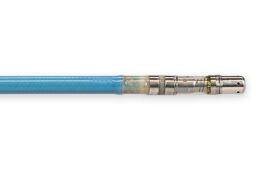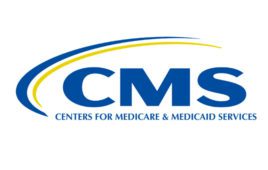Reimbursement: It’s a dreaded topic for designers and engineers, says Mike Drues, president of Vascular Sciences. “It can be boring because people approach it like it is a box to check.” But he says, it’s not just about the money and checking boxes. “Engineers have to care about reimbursement because it is fundamental to ensuring that the products developed actually get to the patients that need the technology.”
In the U.S., we think we have the best medical technology money can buy, says Drues. But that’is not entirely true. “We have the best medical technology that money is willing to buy.”That is not necessarily a bad thing, he says, just a result of dealing with the system that is in place. And, as such, there are fundamental considerations, such as reimbursement, that need practical consideration even from a design standpoint.
Reimbursement is the principle of establishing or aligning technology with a code. Those codes (e.g., ICD-9, ICD-10) are used in documenting diagnoses and procedures in a healthcare setting. And those codes and the path to getting those codes must be part of the design and development discussion, says Drues. “It is not sufficient to design a better mousetrap, especially if a product is expensive,” he says. “There are plenty of innovative devices that could be designed, but they aren’t in development because there is no business case for them.”
In fact, Drues says one of the fundamental innovation questions designers should be asking is, “What are we NOT developing, and why?” The answer might be that the business isn’t worth it.
This might be particularly true if you are trying to fit your technology into an existing code. Drues explains that existing codes can be a double-edged sword. “I’m often asked whether it is better to fit the reimbursement code or to create a new one,” he says. The advantage of an existing code is that it works within an established framework. It’s easy to understand by all stakeholders. The disadvantage is that if you get existing coverage, you get existing payments. “So if a treatment is on the market for $19 for an office-based procedure, you really can’t make a business case of why you should get more for treating the same disease in a similar way.”
And he says, no one gets to pick their code. But if companies are prepared, they can suggest proper codes to CMS.
Think early, but don’t act until you’re ready
“One of the most common questions I get is, ‘When should I start thinking about regulation or reimbursement?’” says Drues. His response to that question is always, “You can’t think about it soon enough.” He advises companies to integrate and time regulations and reimbursement together.
Thinking about it is one thing. Taking action, however is another, says Drues. “You can’t think about it too soon, but you should not go to FDA or CMS one day sooner than you are able to present your plan and strongly defend it.”
This is a delicate part of the strategy, he notes. “I won’t go to FDA or CMS until I’ve able to say ‘This is what we need to do and why we should do it.’”
Don’t ask, present
“The most important thing is not to ask FDA (or CMS) what to do,” says Drues. He says the agencies are directional, not dictatorial. The earlier you consider reimbursement, the better chance you have of figuring out what course of action makes sense for the product. It also helps if companies conclude that they might need to deviate from the normal process and have a good reason why.
For example, he says that sometimes reimbursement can come first. “I’ve gone to CMS before FDA in order to get the details about what clinical evidence CMS needs to see for reimbursement.” He explains that for a particular product he was working on, the 510(k) was a simple process. So instead of going to FDA, he went to CMS to come to agreement on the study the agency needed to see to get the proper code. “Then I went to FDA and told them the clinical trial we were planning (based on CMS input). We looked like heroes.”
Ultimately, he says, you have to be able to sell the agency on your strategy. “It is your job to think about what you are doing, and come up with the best strategy for regulation and reimbursement, not FDA or CMS.” Then you go to the agencies and say, “this is what makes sense.” He says companies should be definitive and convince FDA or CMS of the correct path, and that can only come if that strategy has been thought about from a design perspective.





